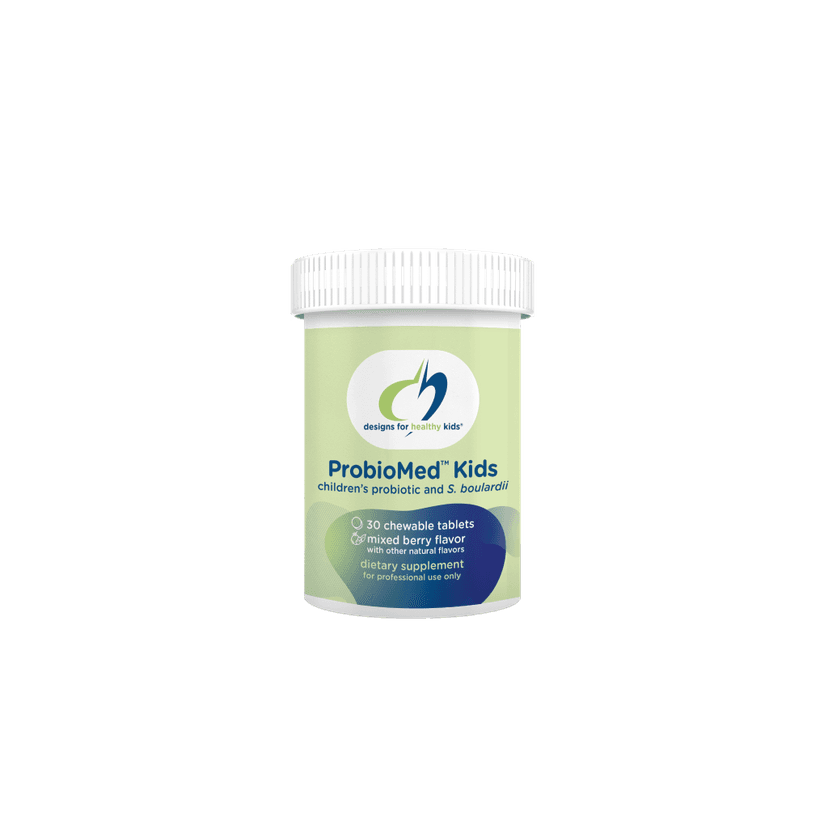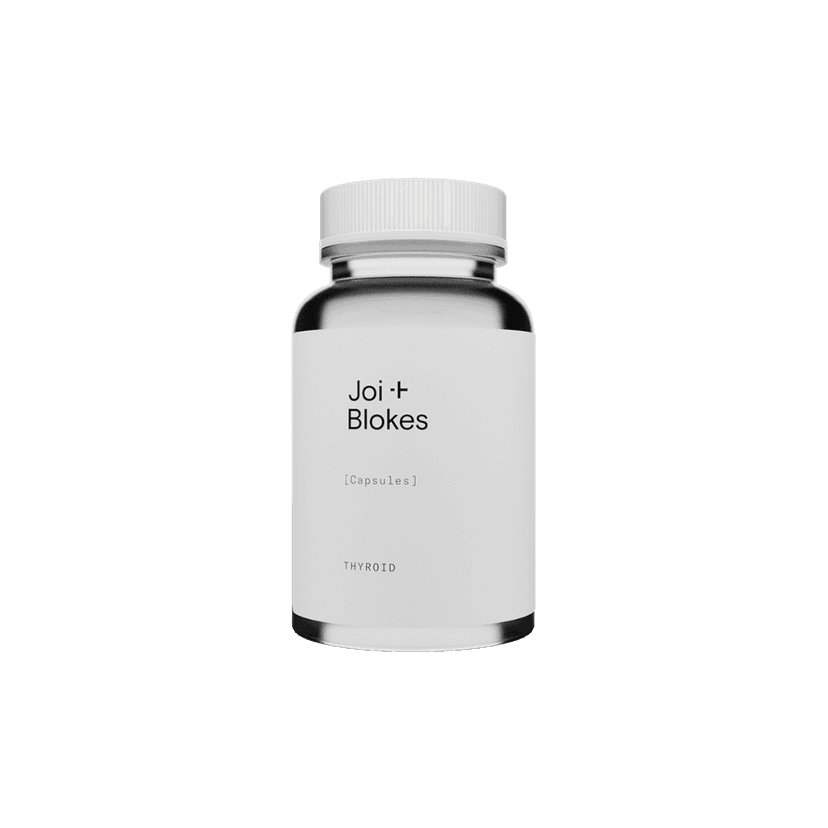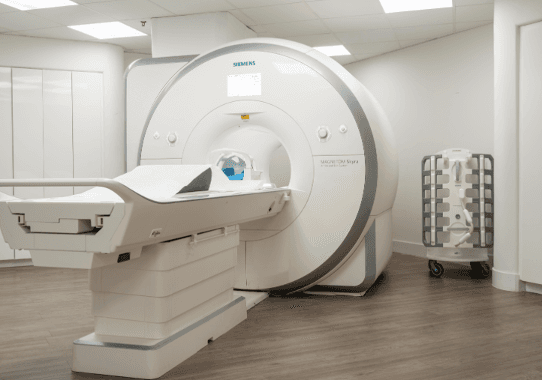Nitric oxide (NO) is a tiny molecule with a big job in keeping our hearts and blood vessels healthy. It helps control how our blood vessels relax and tighten, which is important for keeping our blood pressure normal. NO is made in our bodies through different pathways, and it also helps prevent blood clots and keeps our blood flowing smoothly. Scientists are learning more about how NO affects heart health and how we can use this knowledge to treat heart problems.
Key Takeaways
- Nitric oxide helps regulate blood vessel tone, keeping our blood pressure in check.
- There are two main ways our bodies make nitric oxide: the L-arginine-NO pathway and the nitrate-nitrite-NO pathway.
- NO prevents platelets from clumping together, which helps stop blood clots from forming.
- Endothelial dysfunction, or problems with the inner lining of blood vessels, can lead to heart diseases due to reduced NO activity.
- Understanding how to boost nitric oxide levels can lead to new treatments for heart conditions.
Nitric Oxide Synthesis Pathways
L-arginine-NO Pathway
Nitric oxide (NO) is produced in the body through two main pathways. The first is the L-arginine-NO pathway. In this pathway, the enzyme nitric oxide synthase (NOS) converts the amino acid L-arginine into NO. There are three types of NOS: neuronal (NOS1), inducible (NOS2), and endothelial (NOS3). Each type has a different role in the body. This pathway is crucial for many body functions, including blood vessel relaxation and immune response.
Nitrate-Nitrite-NO Pathway
The second pathway is the nitrate-nitrite-NO pathway. In this pathway, nitrate from our diet or produced in the body is converted into nitrite. Then, under low oxygen conditions, nitrite is further reduced to NO. This pathway is especially important during low oxygen situations, like exercise or when blood flow is reduced. It helps maintain blood flow and oxygen delivery to tissues.
Understanding these pathways is key to developing treatments for heart diseases and other conditions where NO plays a role.
Regulation of Vascular Tone by Nitric Oxide
Endothelium-Dependent Vasodilation
Nitric oxide (NO) is crucial for maintaining the balance in blood vessels. It helps the blood vessels relax, which is called vasodilation. This process is dependent on the endothelium, the inner lining of blood vessels. When the endothelium releases NO, it signals the surrounding smooth muscles to relax, leading to wider blood vessels and better blood flow. This is important for keeping blood pressure in check and ensuring that organs get enough oxygen and nutrients.
Smooth Muscle Relaxation
NO also plays a key role in relaxing the smooth muscles in the walls of blood vessels. When NO is released, it activates an enzyme called guanylate cyclase in the smooth muscle cells. This enzyme then produces a molecule called cyclic GMP, which causes the muscles to relax. This relaxation helps to lower blood pressure and improve blood flow throughout the body.
The ability of NO to induce smooth muscle relaxation is vital for cardiovascular health, as it helps to prevent conditions like hypertension and atherosclerosis.
Nitric Oxide and Endothelial Function
Prevention of Platelet Activation
Nitric oxide (NO) is a gas that is made by the endothelium, the inner lining of blood vessels. It helps keep blood flowing smoothly by stopping platelets from clumping together. This is important because clumped platelets can form clots that block blood flow. NO does this by sending signals that make platelets less sticky.
Limitation of Leukocyte Adhesion
NO also helps keep white blood cells, or leukocytes, from sticking to the walls of blood vessels. This is crucial because when leukocytes stick to the vessel walls, they can cause inflammation and damage. NO sends signals that make the vessel walls slippery, so leukocytes can't stick easily.
By preventing platelet activation and limiting leukocyte adhesion, nitric oxide plays a key role in maintaining healthy blood vessels and preventing cardiovascular diseases.
Impact of Nitric Oxide on Myocardial Function
Regulation of Myocardial Contractility
Nitric oxide (NO) plays a crucial role in regulating the heart's ability to contract. It helps in fine-tuning the force and efficiency of each heartbeat. This regulation ensures that the heart pumps blood effectively throughout the body, adapting to different physiological needs.
Role in Ischemia-Reperfusion Injury
During events like heart attacks, blood flow to the heart muscle is reduced, causing ischemia. When blood flow is restored, reperfusion injury can occur. NO helps to minimize this damage by reducing inflammation and preventing cell death. This protective effect is vital for improving outcomes after such cardiac events.
Nitric oxide's ability to reduce inflammation and prevent cell death during reperfusion is a key factor in its protective role in heart health.
In summary, nitric oxide is essential for maintaining healthy heart function and protecting the heart during stressful events like ischemia and reperfusion.
Nitric Oxide in Cardiovascular Disorders
Hypertension
Nitric oxide (NO) plays a crucial role in regulating blood pressure. A deficiency in NO can lead to increased vascular resistance, contributing to hypertension. This condition is characterized by persistently high blood pressure, which can damage blood vessels and organs over time.
Atherosclerosis
Atherosclerosis involves the buildup of plaques in the arterial walls. NO helps prevent this by inhibiting the adhesion of leukocytes and platelets to the endothelium. When NO levels are low, the risk of plaque formation increases, leading to narrowed and hardened arteries.
Shock States
In shock states, such as septic shock, the body experiences dangerously low blood pressure. NO is involved in the pathogenesis of these conditions. While NO helps maintain vascular tone, excessive production can lead to severe hypotension, complicating the management of shock.
Mechanisms of Endothelial Dysfunction
Loss of Nitric Oxide Bioactivity
Endothelial dysfunction often starts with a reduction in nitric oxide (NO) bioactivity. This can happen due to oxidative stress, which leads to the breakdown of NO. When NO levels drop, blood vessels can't relax properly, causing high blood pressure and other issues.
Coronary Constriction
Another problem is coronary constriction. This means the blood vessels in the heart tighten up, which can limit blood flow. This is especially dangerous because it can lead to chest pain or even heart attacks. Keeping blood vessels healthy is crucial for preventing these serious conditions.
Endothelial dysfunction is a key factor in many heart diseases. By understanding its mechanisms, we can find better ways to treat and prevent these conditions.
Therapeutic Potential of Nitric Oxide Modulation
Pharmacological Interventions
Pharmacological approaches to modulate nitric oxide (NO) levels have shown promise in treating cardiovascular diseases. Medications that boost NO production or prevent its breakdown can help improve blood flow and reduce blood pressure. Some common drugs include nitrates, which release NO, and phosphodiesterase inhibitors, which prevent the breakdown of cyclic GMP, a molecule that mediates NO's effects.
Lifestyle Modifications
Lifestyle changes can also play a significant role in enhancing NO levels. Regular physical activity, a diet rich in fruits and vegetables, and avoiding smoking can naturally boost NO production. These changes not only improve overall health but also support cardiovascular function by maintaining optimal NO levels.
Adopting a healthy lifestyle can be a simple yet effective way to support your cardiovascular health by enhancing nitric oxide levels.
Conclusion
In summary, nitric oxide (NO) is a key player in maintaining cardiovascular health. It helps control blood flow, keeps blood vessels flexible, and prevents blood clots. NO is made in the body through different pathways and has many important jobs. Problems with NO production or function can lead to heart diseases like high blood pressure and atherosclerosis. Understanding how NO works can help doctors find better ways to treat and prevent these conditions. Overall, nitric oxide is essential for a healthy heart and blood vessels.
Frequently Asked Questions
What is nitric oxide and why is it important for the heart?
Nitric oxide is a molecule that helps control how blood vessels relax and widen. This is important for keeping blood pressure normal and ensuring good blood flow to the heart and other parts of the body.
How is nitric oxide made in the body?
Nitric oxide is made in the body through two main pathways: the L-arginine-NO pathway and the nitrate-nitrite-NO pathway. Both pathways help produce nitric oxide from different starting materials.
What role does nitric oxide play in preventing heart diseases?
Nitric oxide helps keep blood vessels healthy by preventing them from getting too narrow. It also stops blood cells from sticking to the walls of blood vessels, which can help prevent clots and heart attacks.
Can nitric oxide levels affect blood pressure?
Yes, nitric oxide helps blood vessels relax, which can lower blood pressure. Low levels of nitric oxide can lead to high blood pressure because the blood vessels may become too narrow.
How does nitric oxide help with exercise?
During exercise, nitric oxide helps increase blood flow to muscles, providing them with more oxygen and nutrients. This can improve exercise performance and endurance.
Are there ways to boost nitric oxide levels naturally?
Yes, eating foods rich in nitrates like leafy greens and beets, exercising regularly, and avoiding smoking can help boost nitric oxide levels in the body.
























